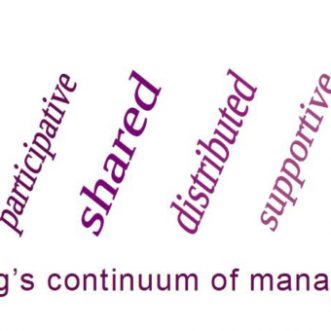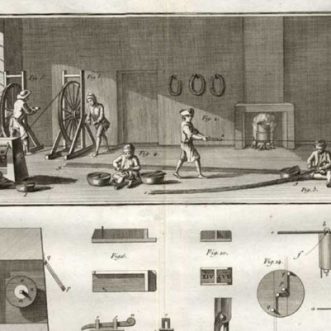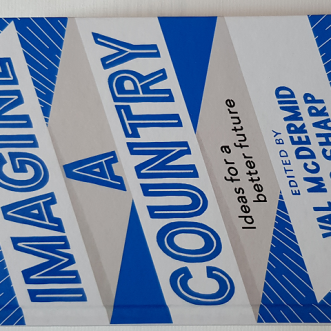May 29, 2020
The young engineer was sitting, legs dangling into the inspection chamber, looking disgruntled.
“What are you up to?” I asked him.
“Installing fibre-optic cabling.”
“Ooooh! Does that mean we’ll be able to get fibre to the home?”
“Yes, eventually. But I don’t know how long that will be. There are just so many blockages.”
“Well, it’s old wiring round here isn’t it.” I was thinking metaphorical blockages.
“It’s not that, it’s literally soil, blocking up the conduits. A pressure washer would clear it, or maybe they’ll have to dig. I just want to install it, and I can’t.”
Half an hour later, he and his mate have gone, leaving nothing changed apart from a few more spray marks on the ground.
This is at least the second time the installation engineers have been in our street this month. Each time they’ve been unable to achieve anything, because the process of upgrading the network has been divided up like Adam Smith’s pin factory. Only where the pin factory contained the whole process, each step involved in this one has been outsourced to a different specialist company, so nobody sees, let alone owns the whole process.
In the old days, you used to see a gang of workmen round a single hole, some of them idle. Now I know why. Some of them were there to deal with the unforseen complications that might turn up once the surface was broken. If a conduit needed clearing, they were there to do it. And because they all worked for the same company they knew they could do take that responsibility. That’s called slack, leeway, resilience. It’s how you keep a complex process on track.
But what we’ve replaced that with is far more wasteful. At least all the workmen got paid, even if they didn’t get the satisfaction of doing their job. I wouldn’t be surprised to find those two young men have earned nothing from their work this morning. They’ll be on piece-work, paid on completion.
Add to that the fact that each specialist company has to make a profit, and allocates its resources to maximise that, who knows when the next favourable conjunction of BT, Openreach and Instalcom will come around? Our street is still waiting for the gas upgrade that we were told to expect 2 years ago.
Divvying up a coherent process into independent chunks may be profitable for some, but its not efficient.
Why am I reminded of Jarndyce v Jarndyce?










